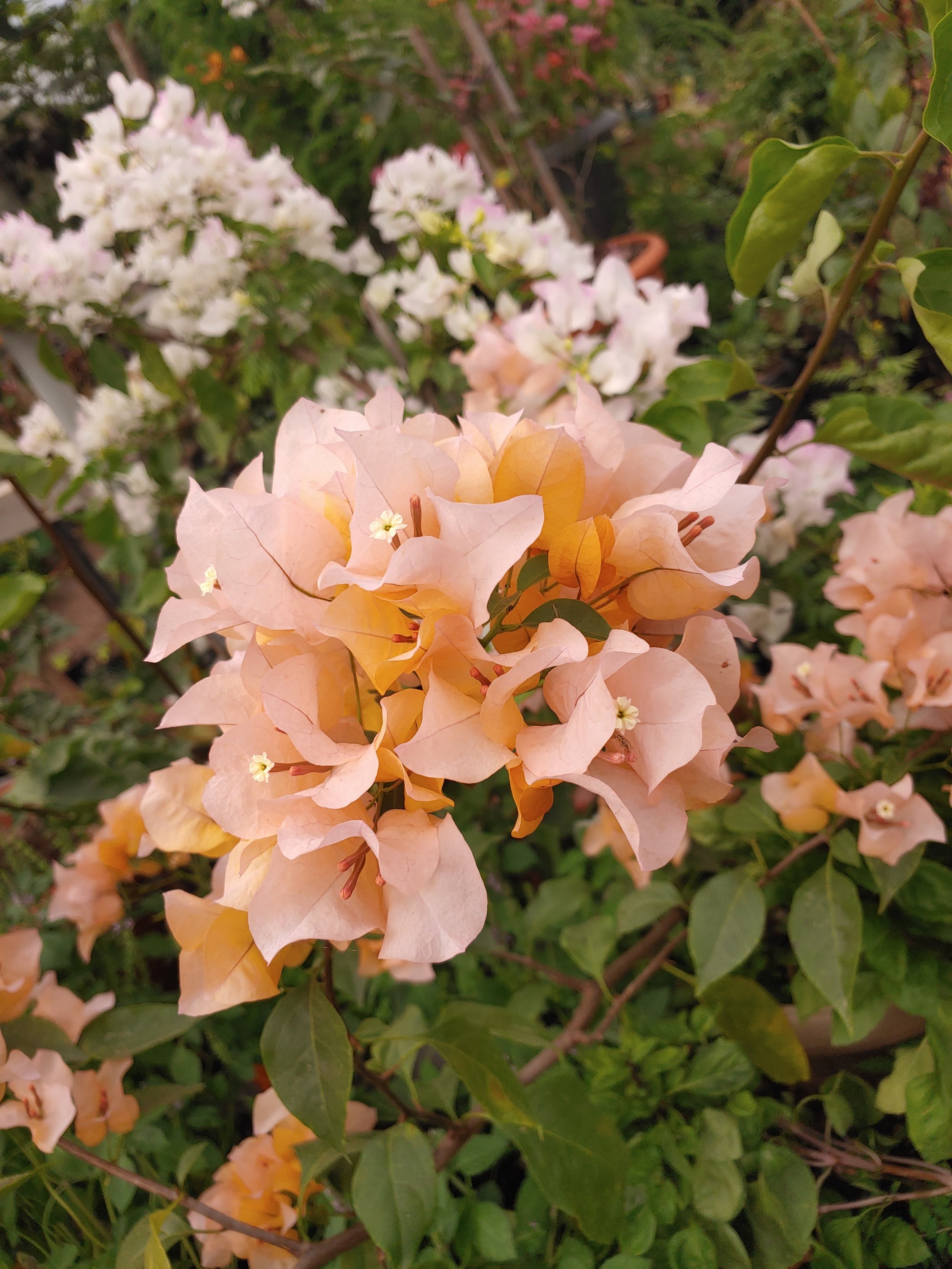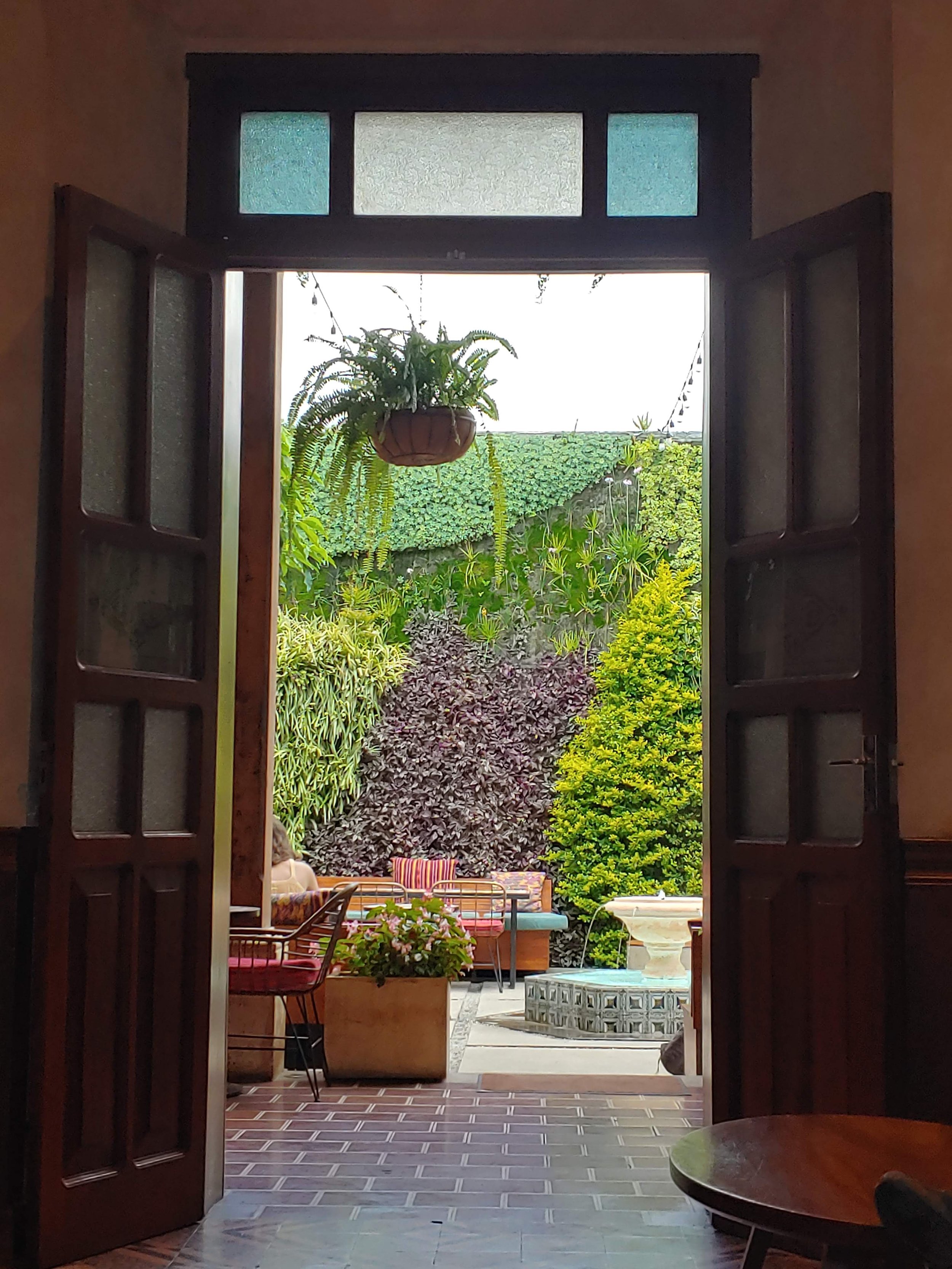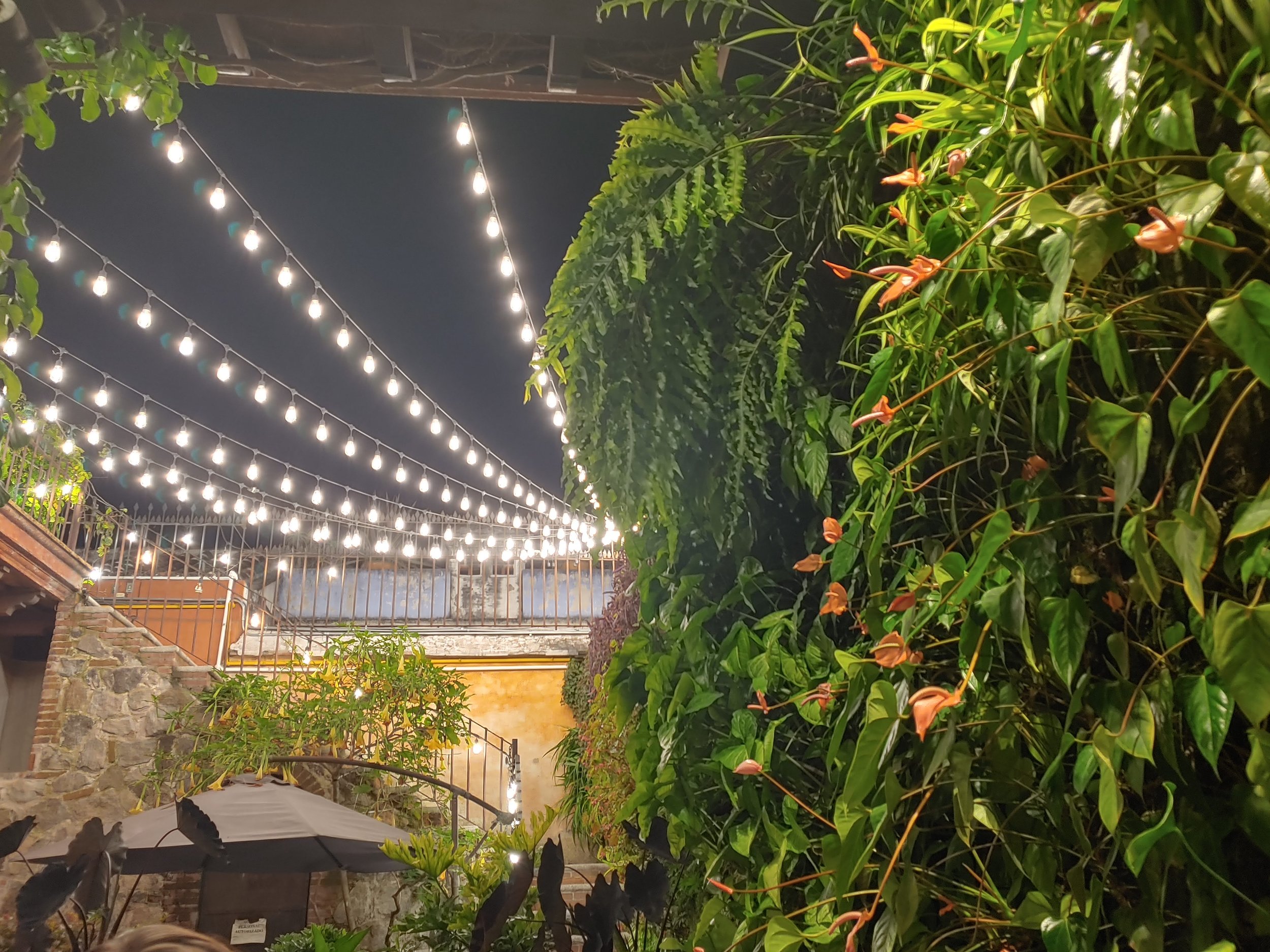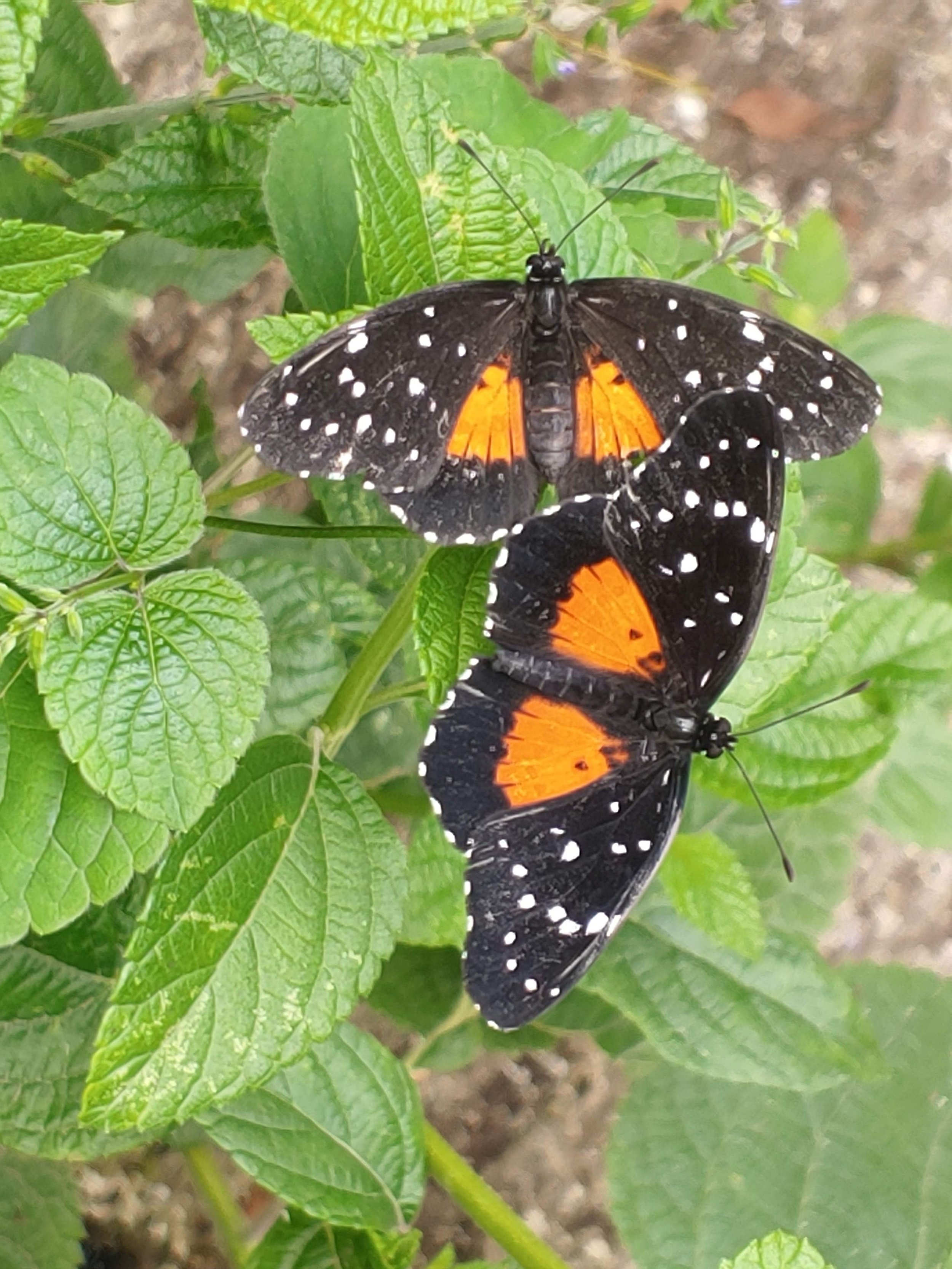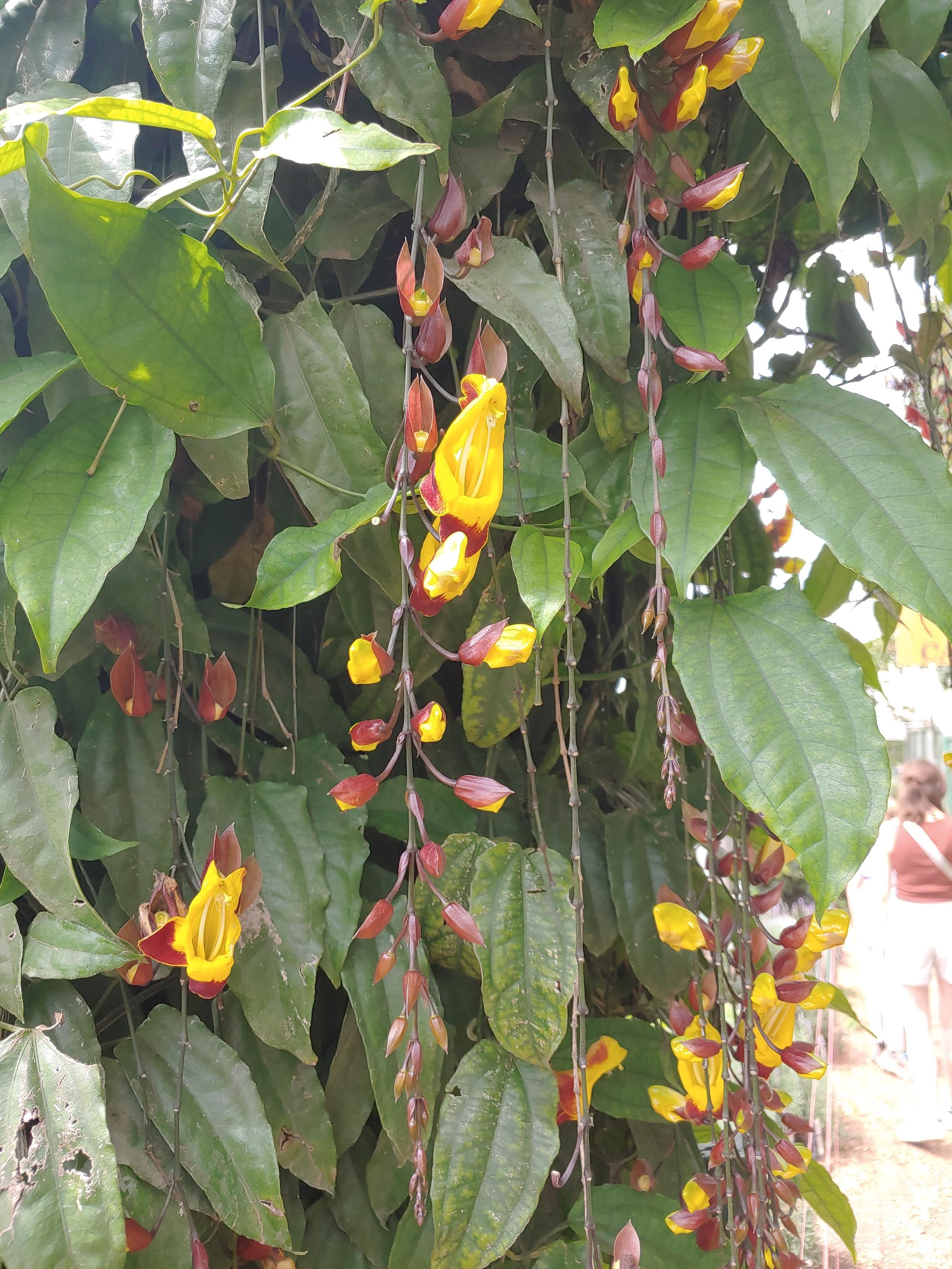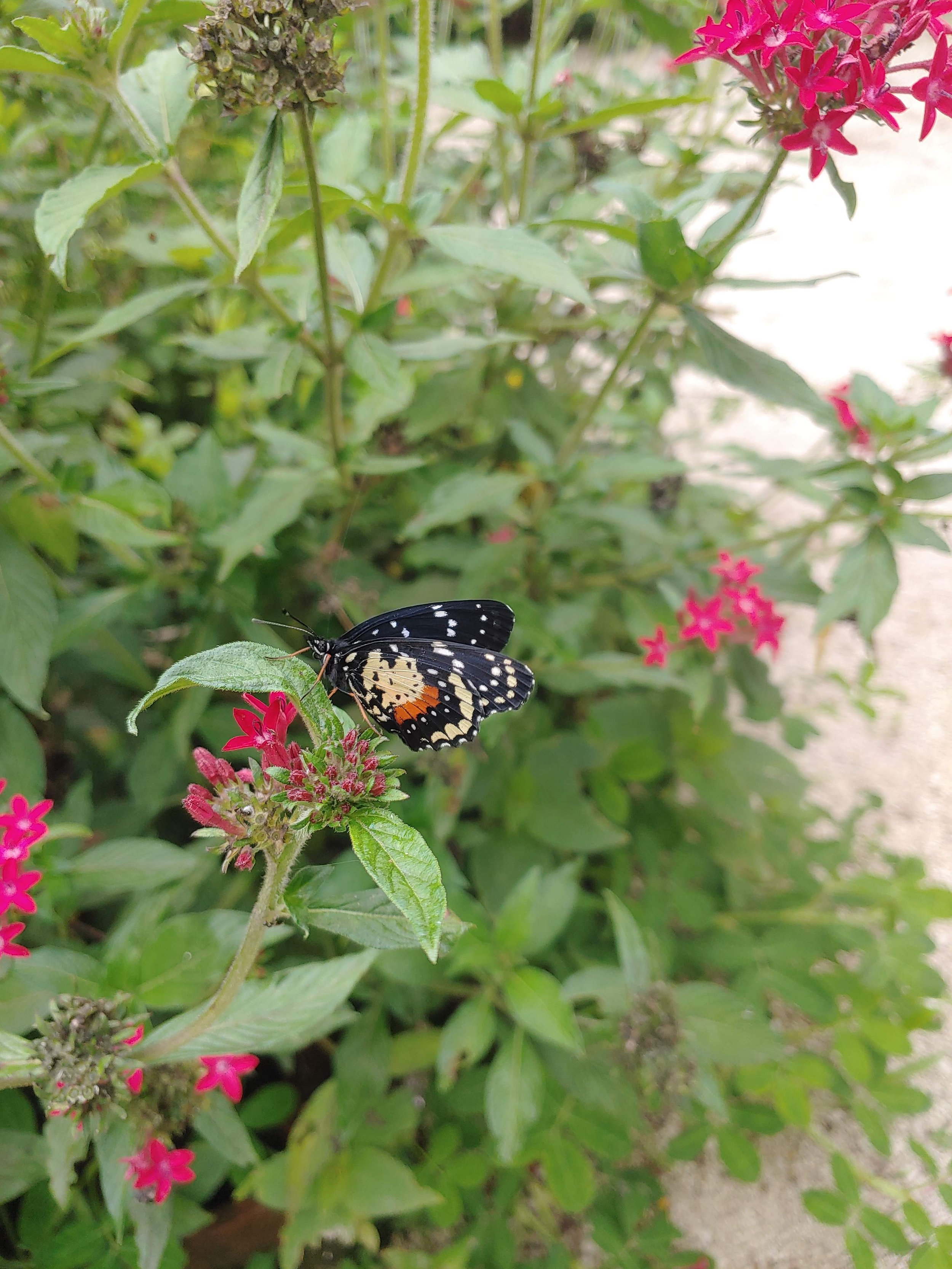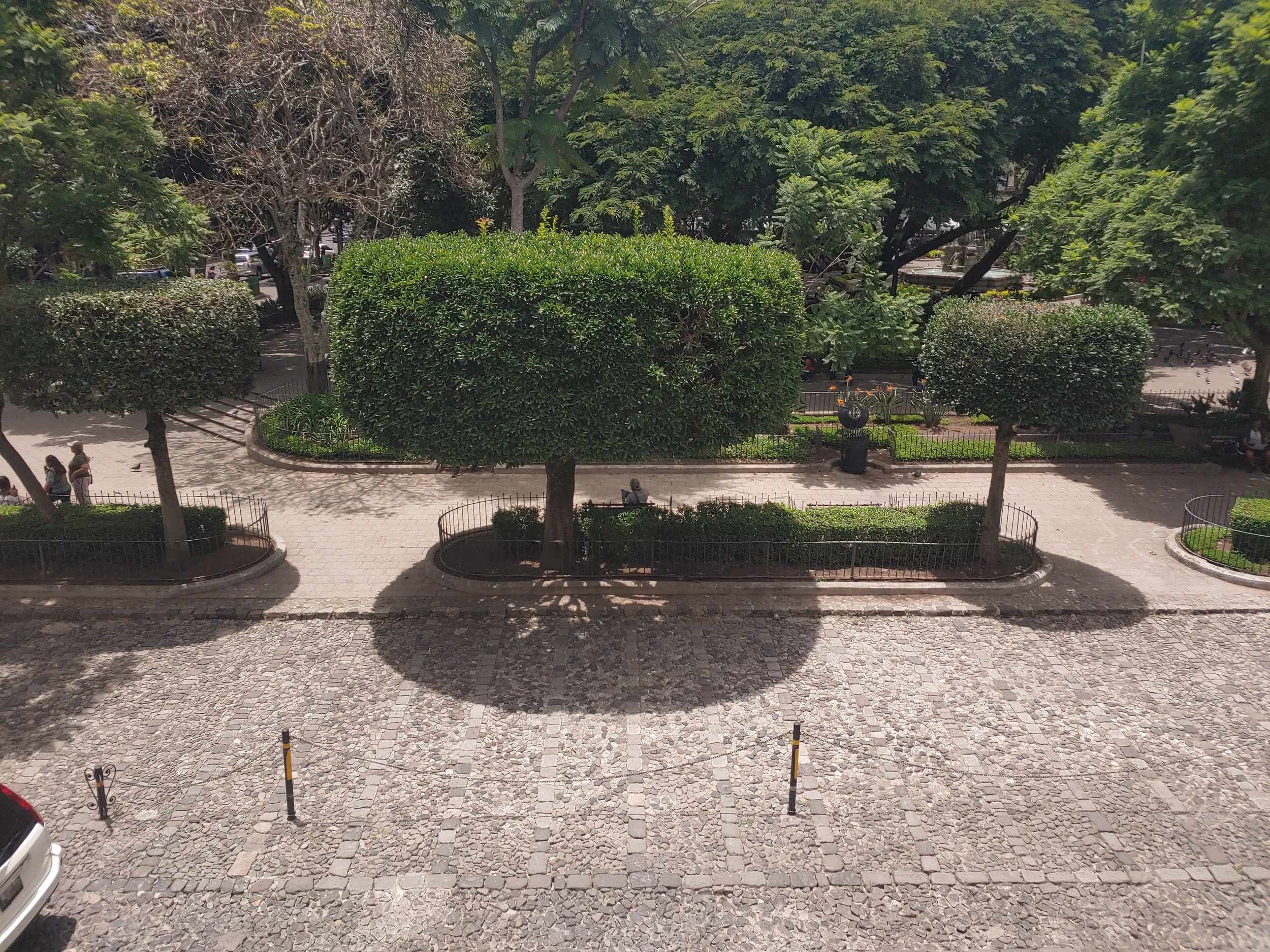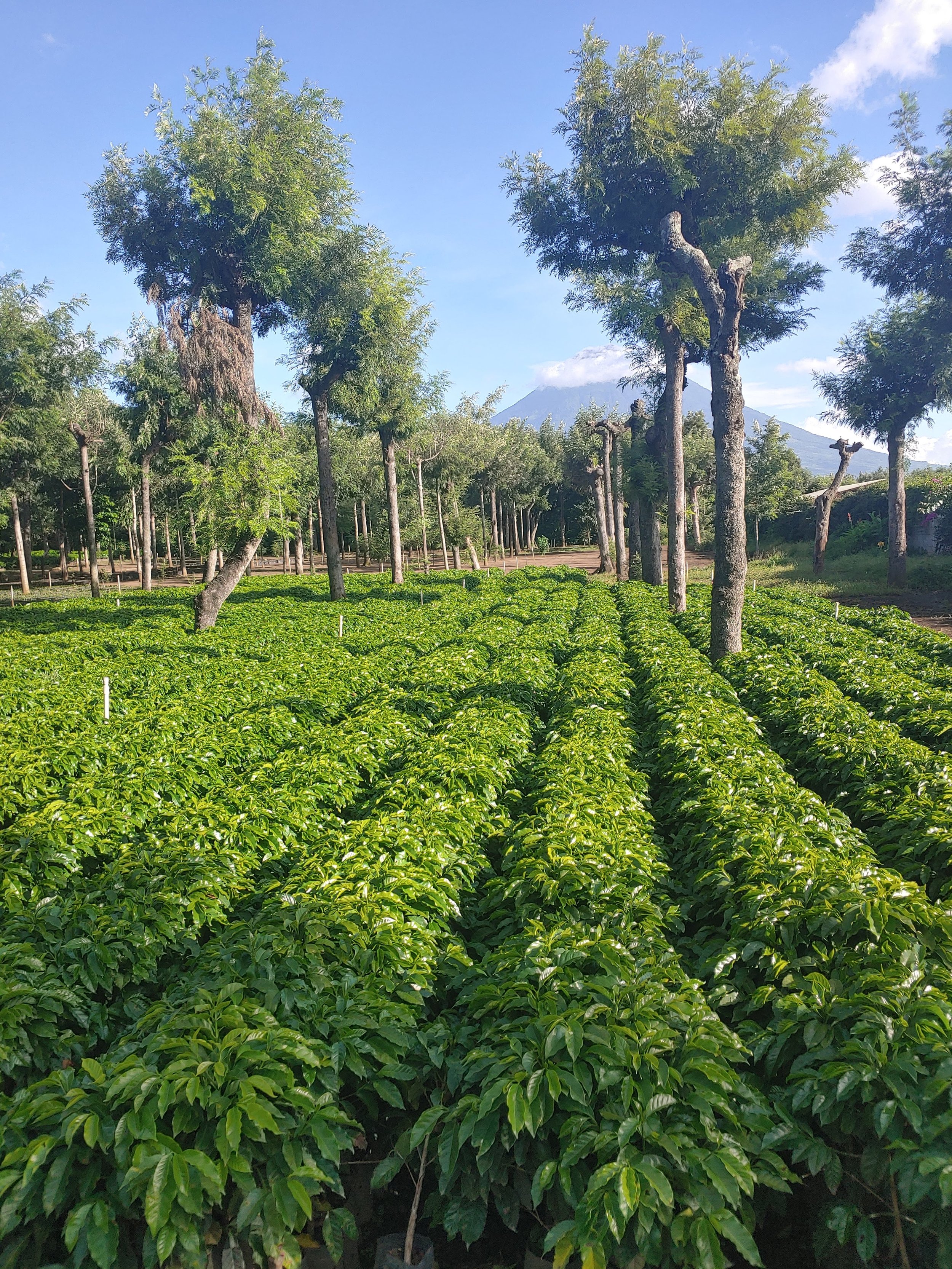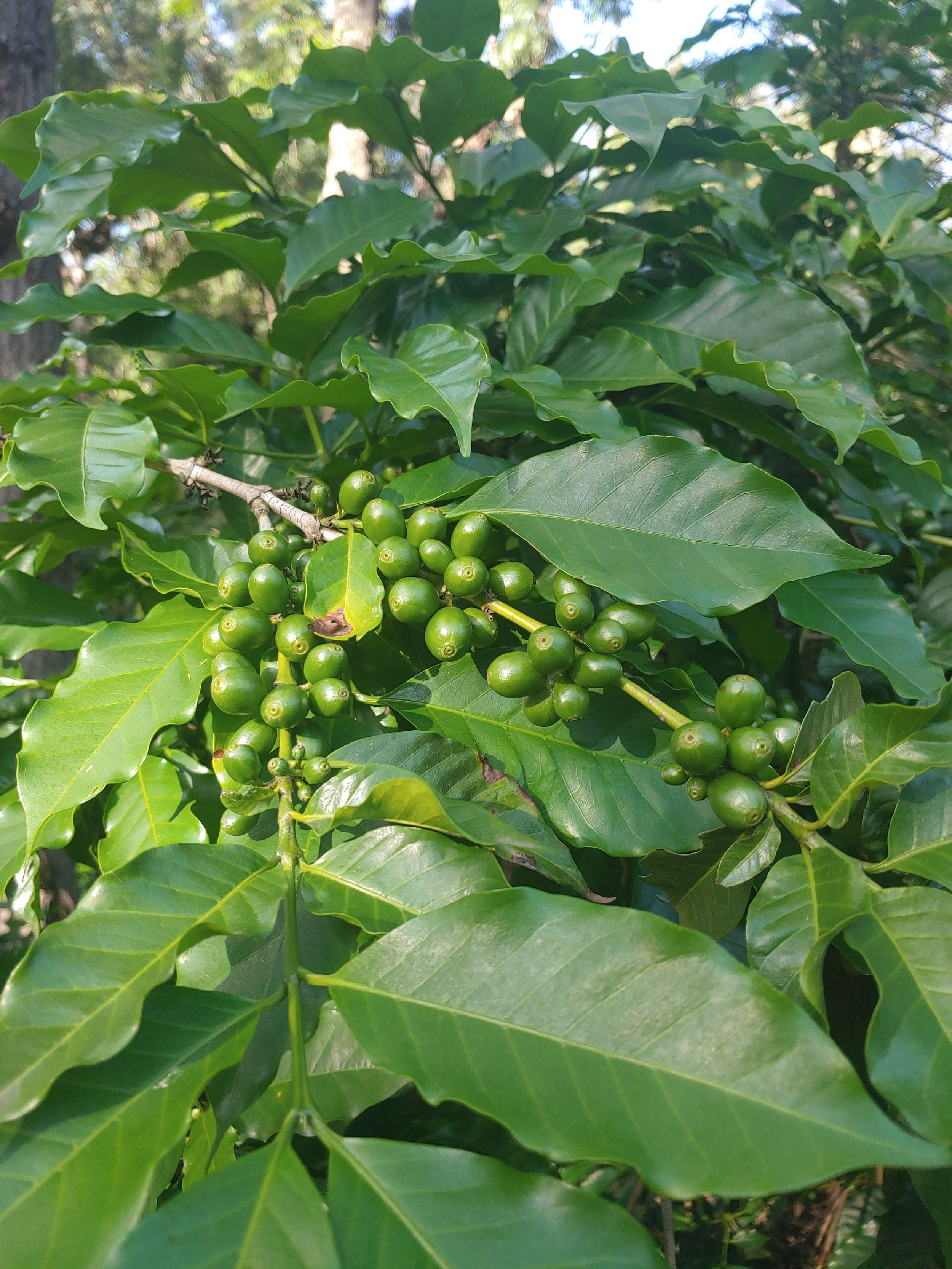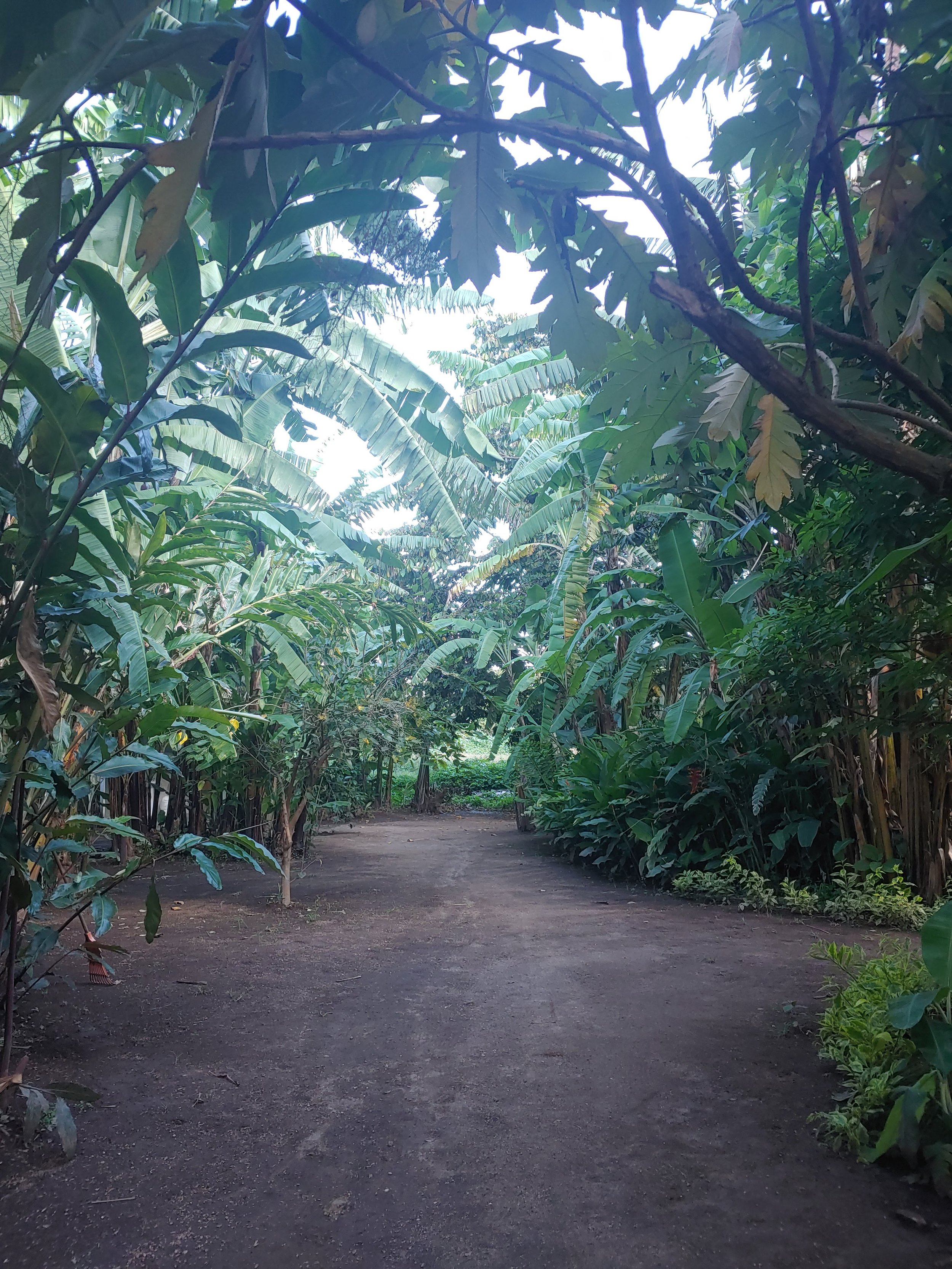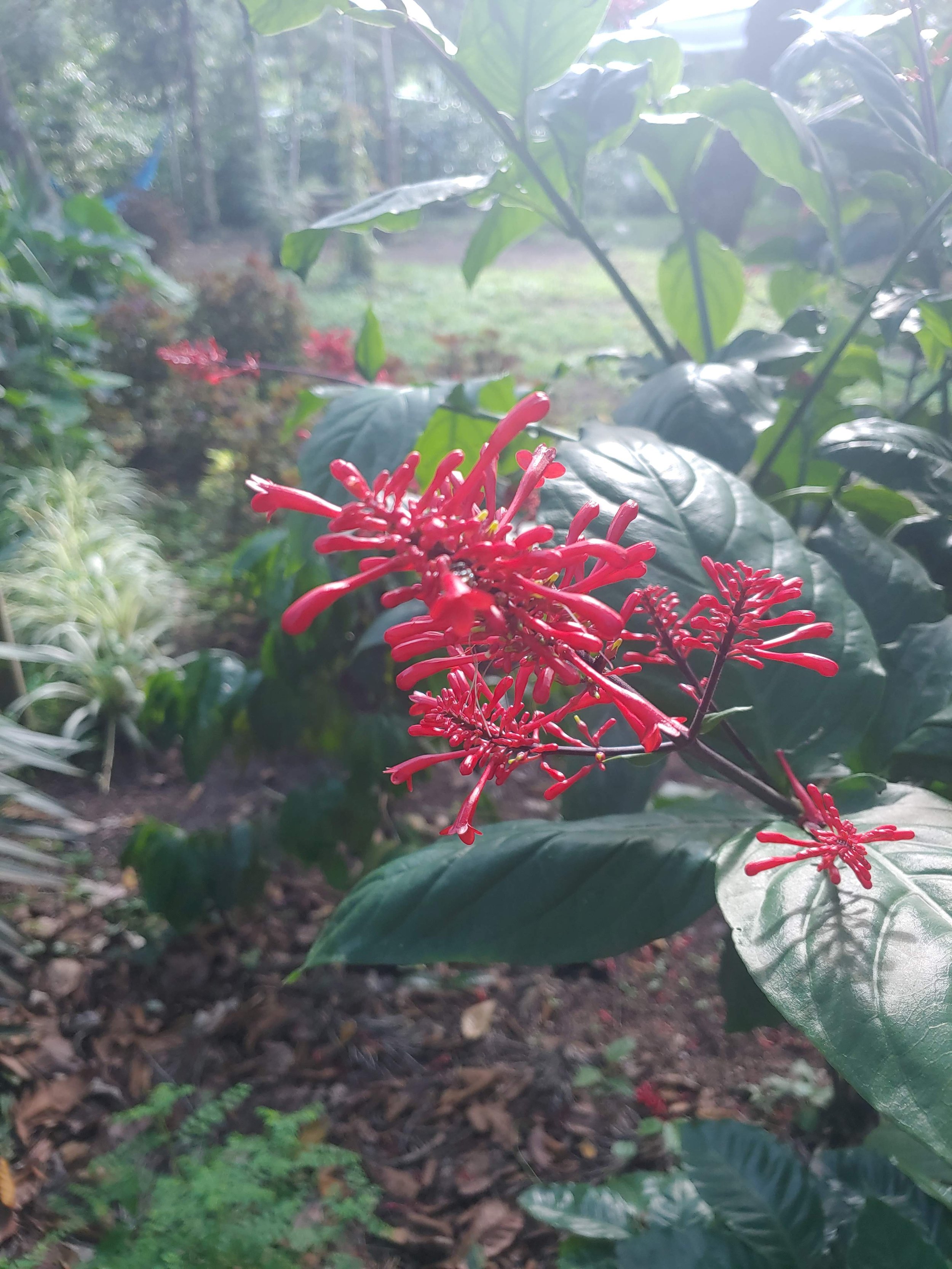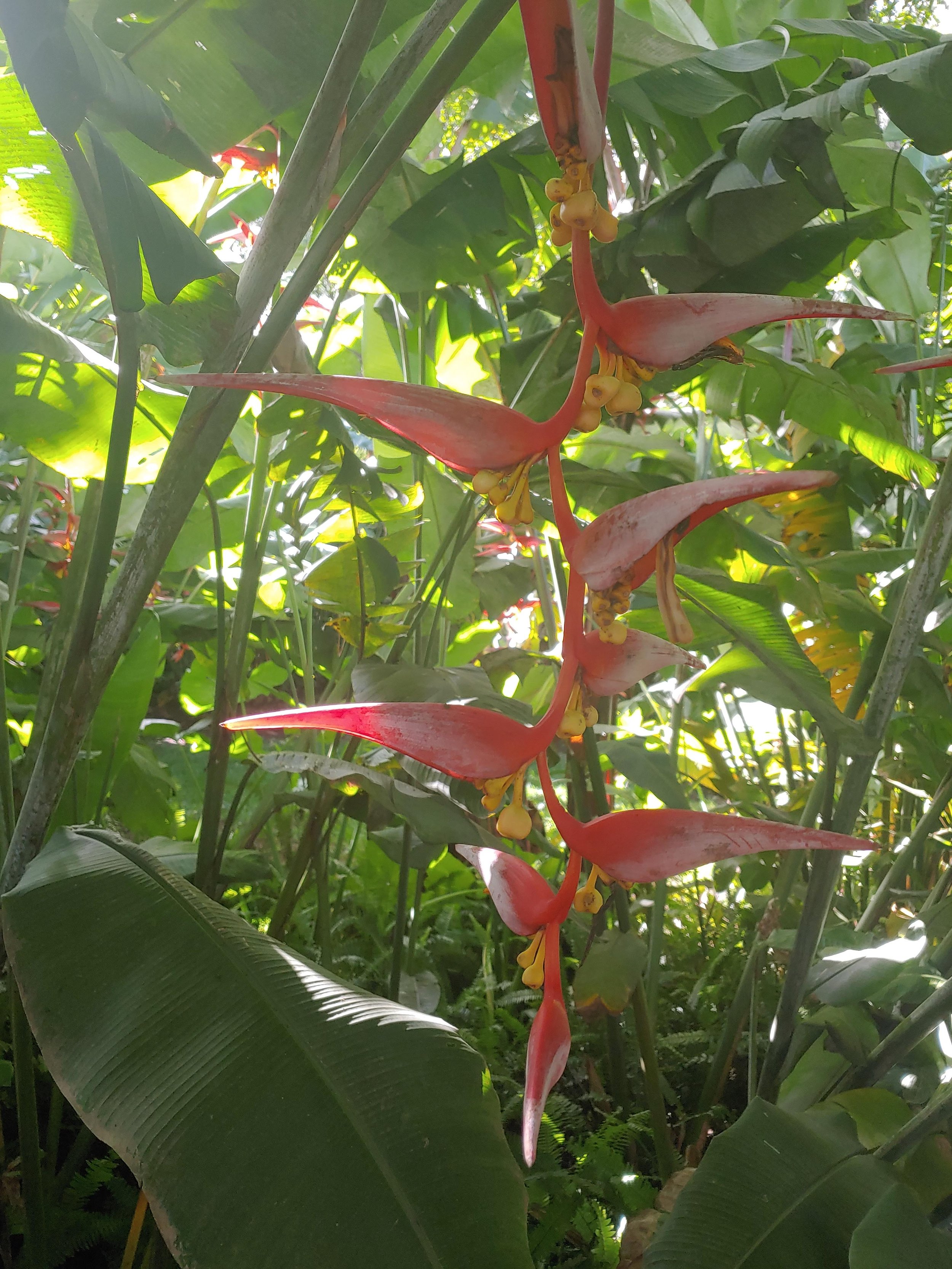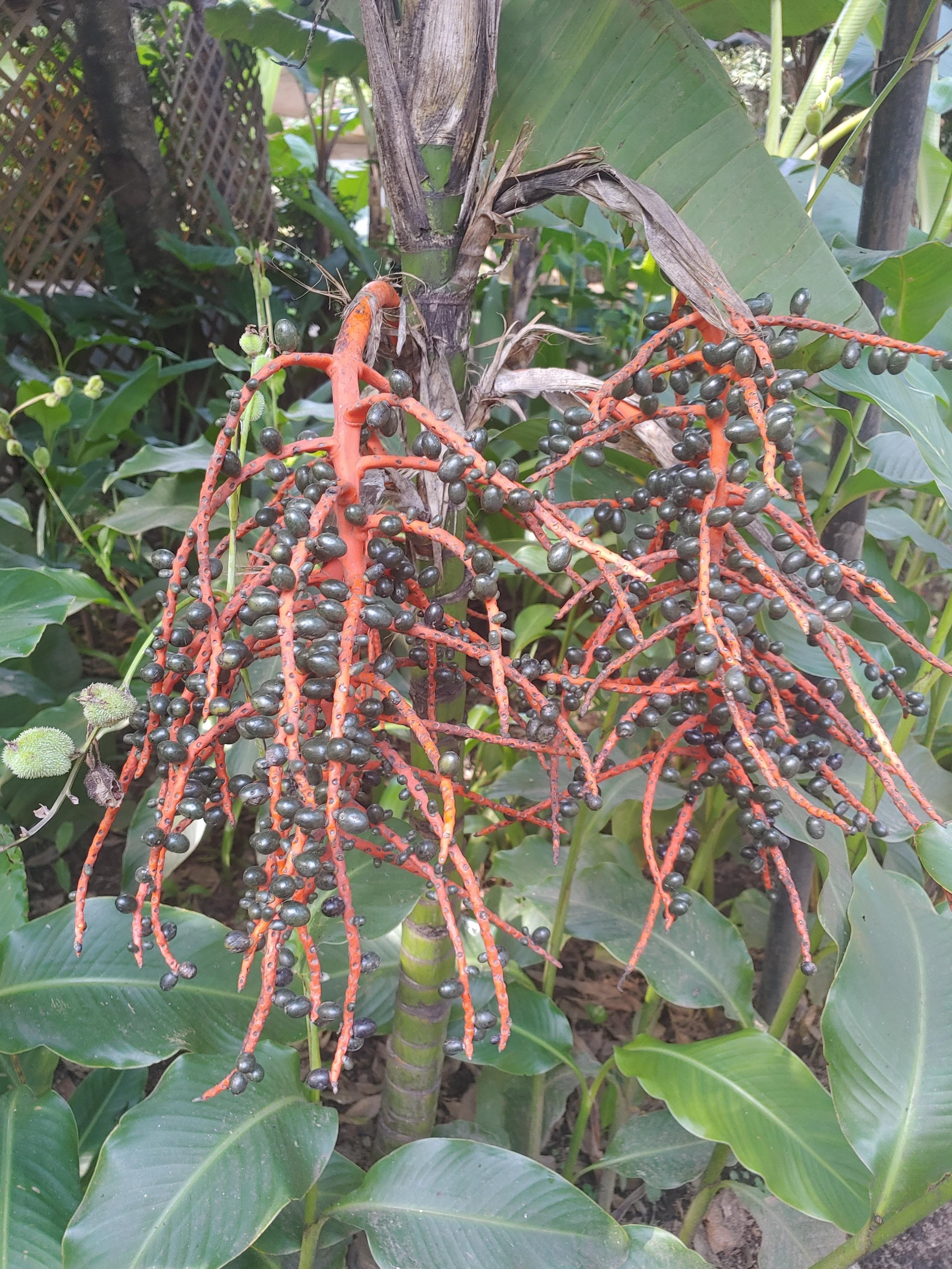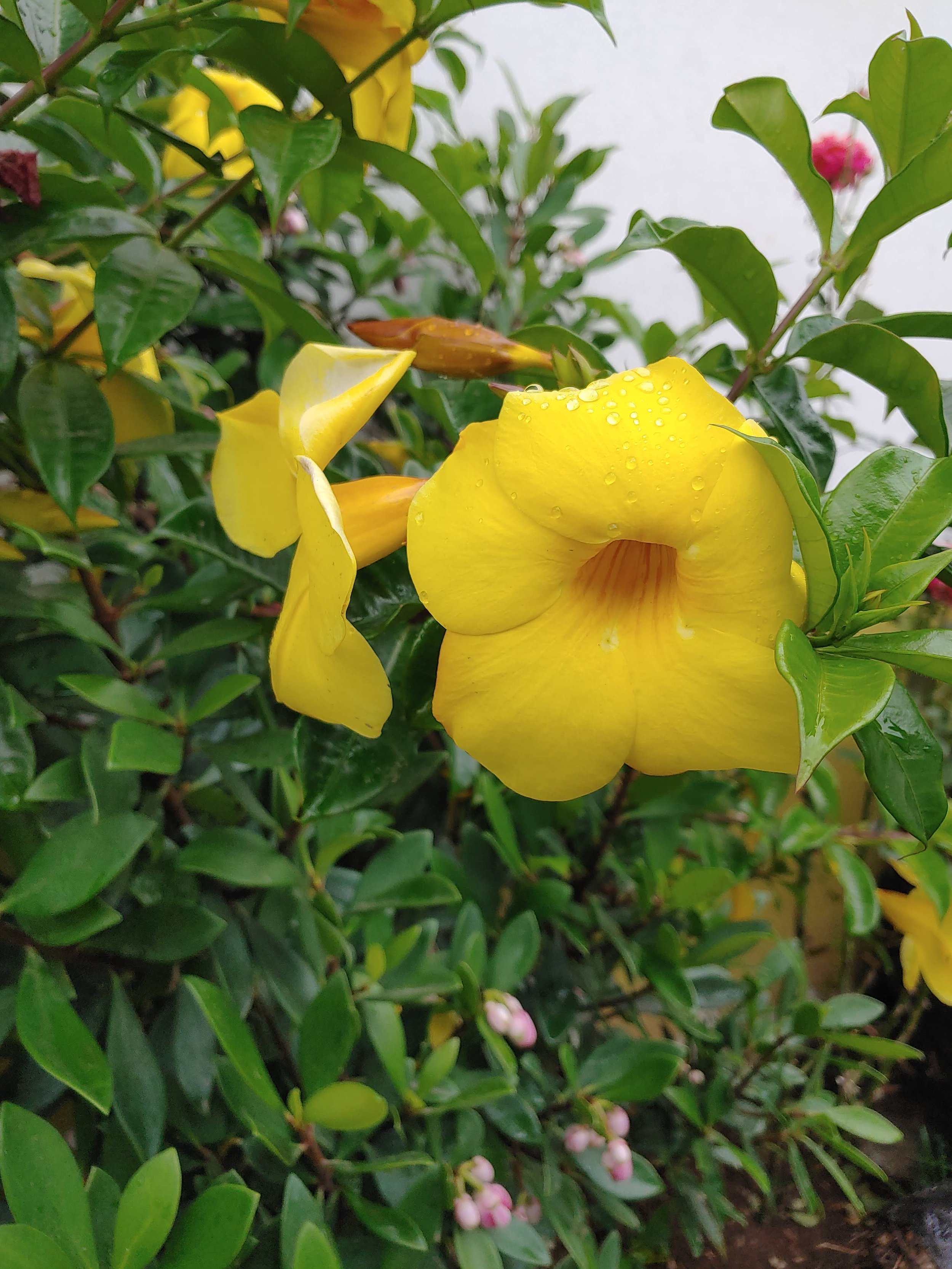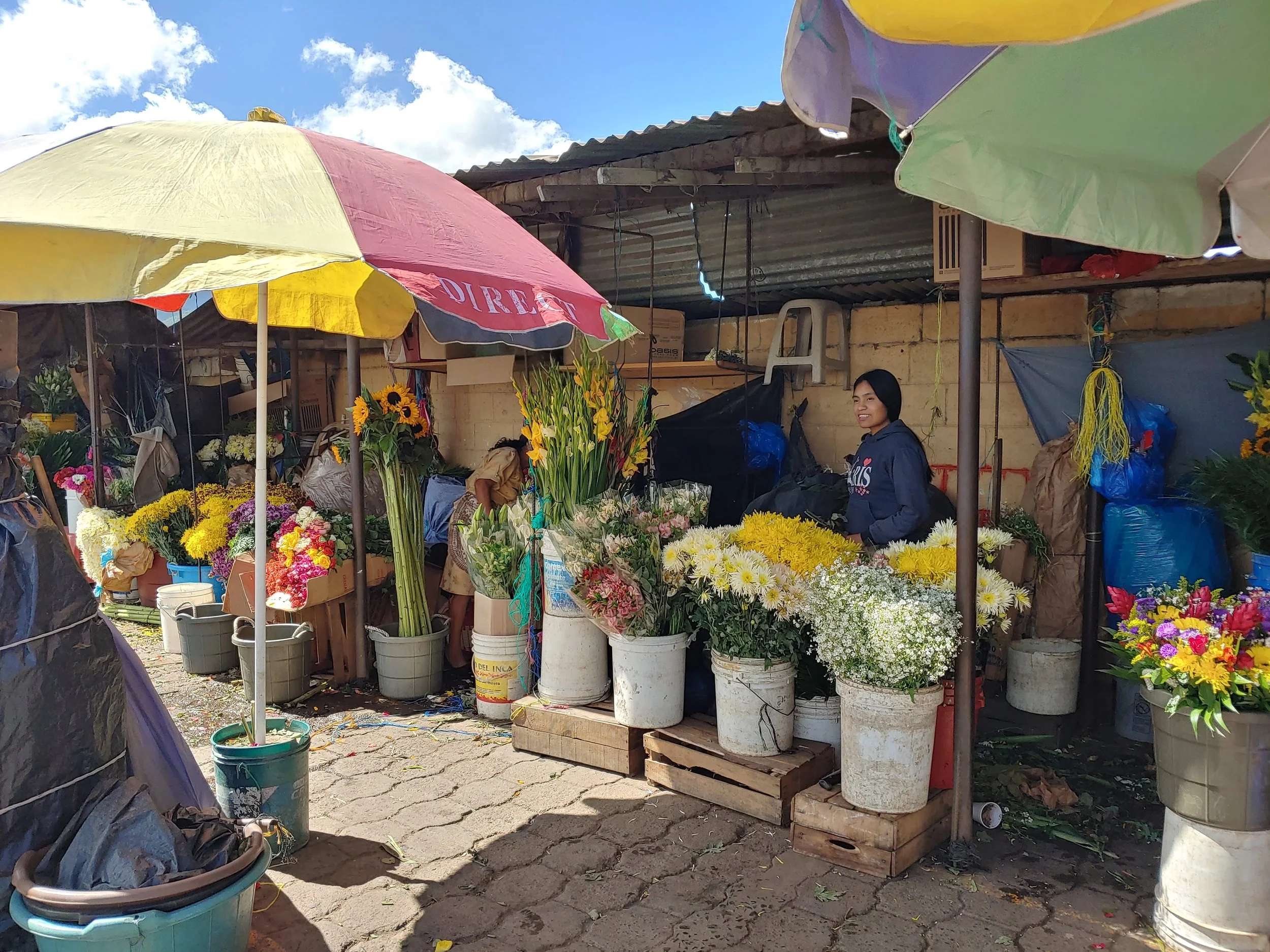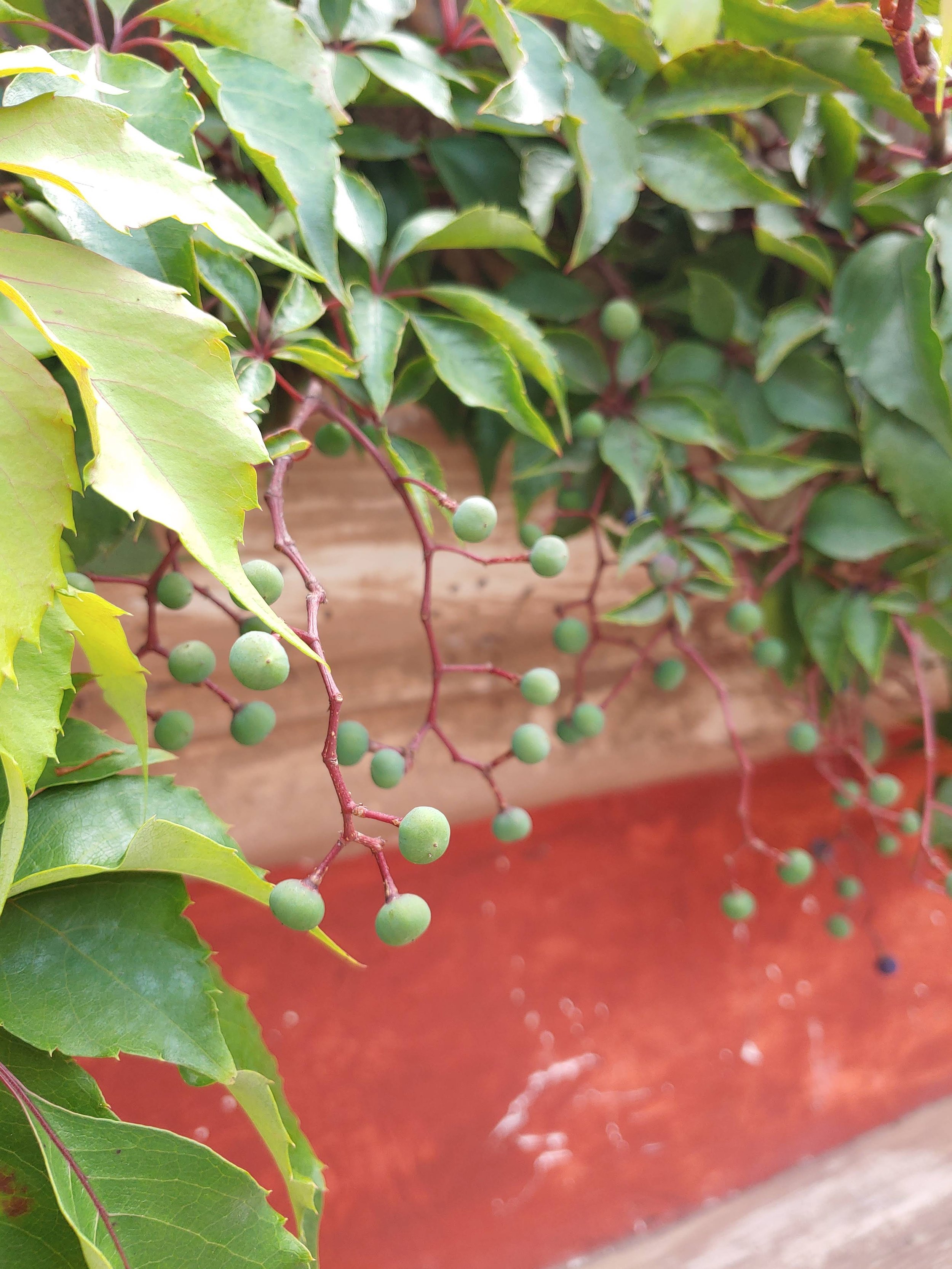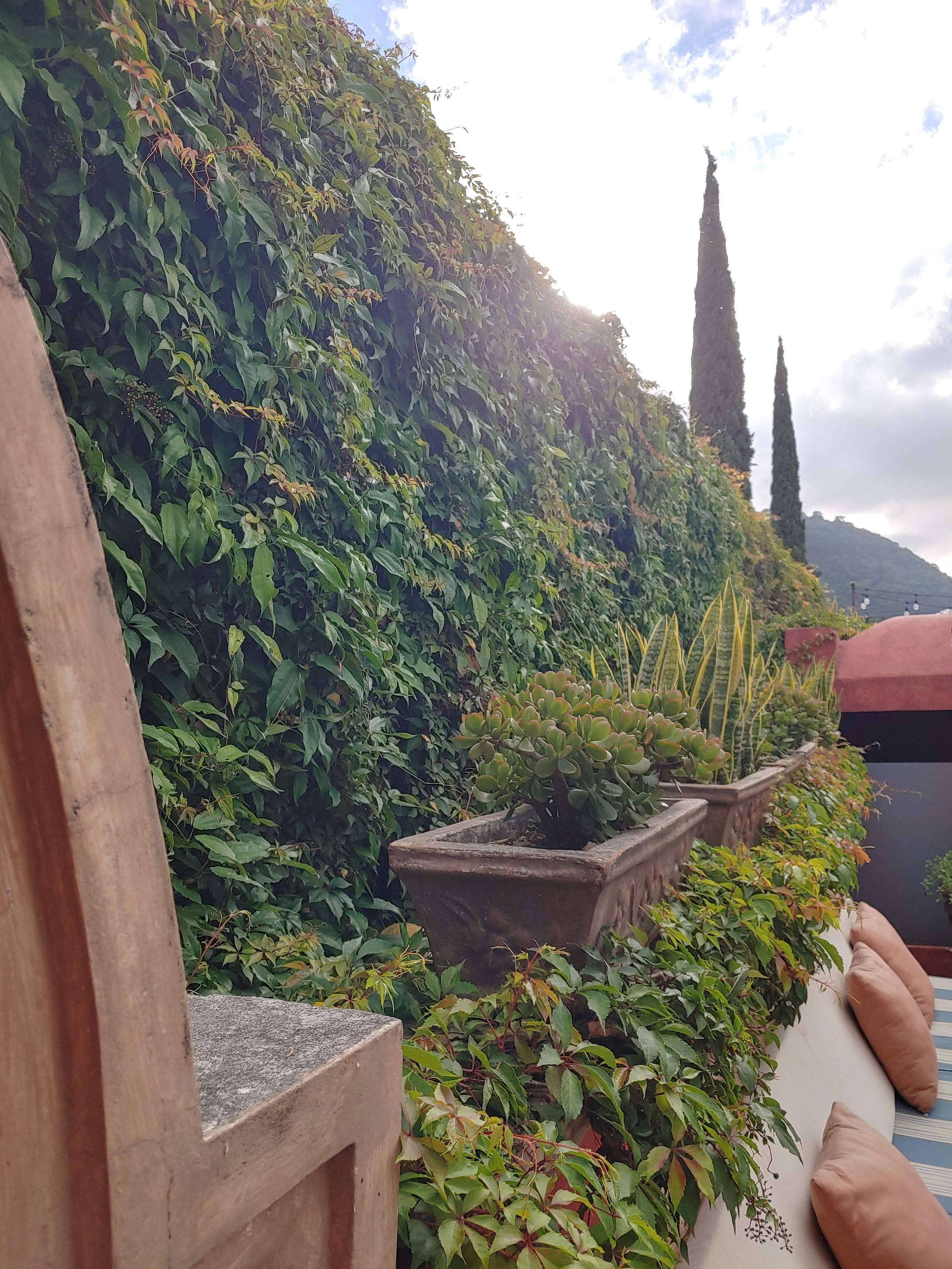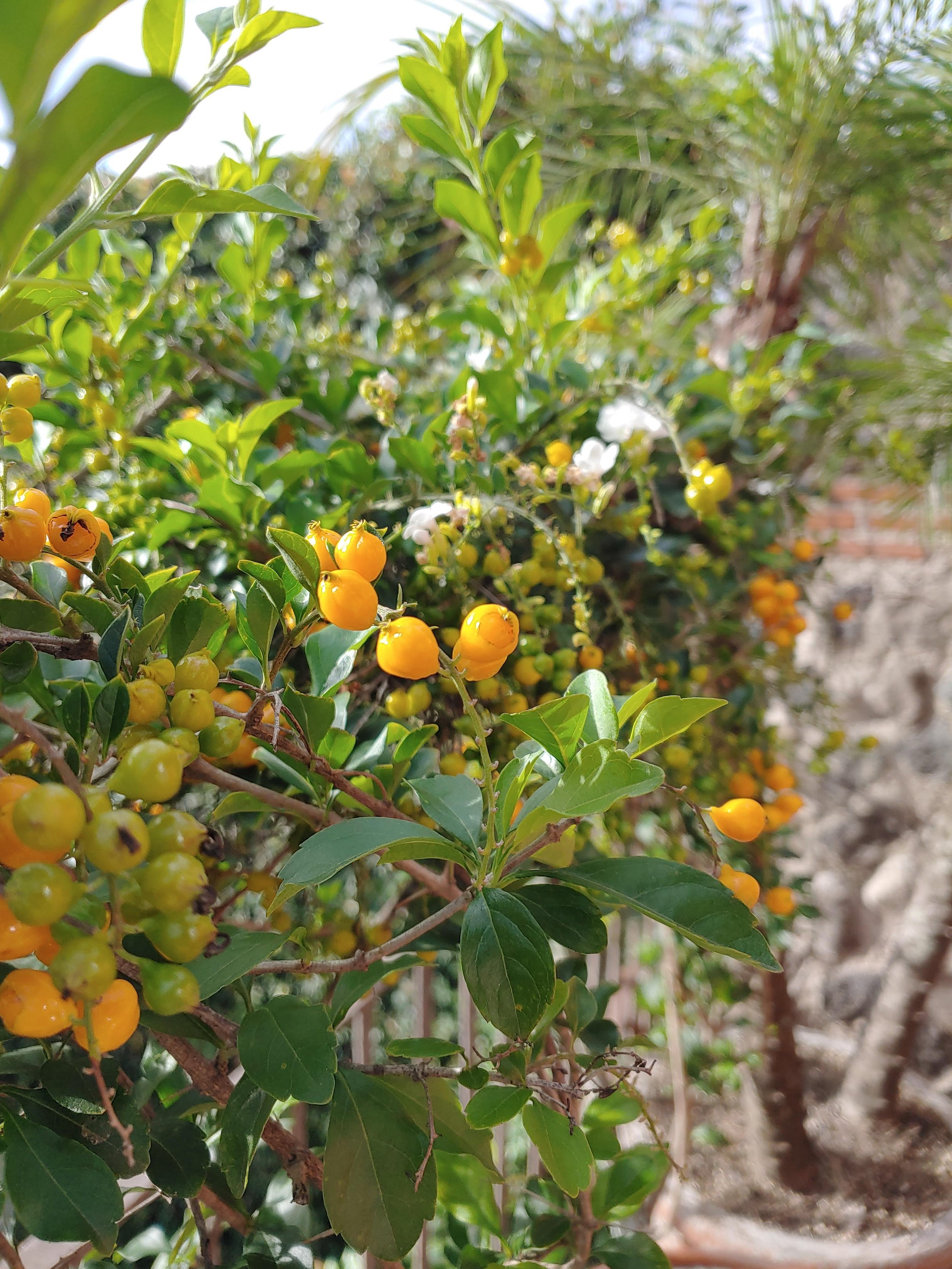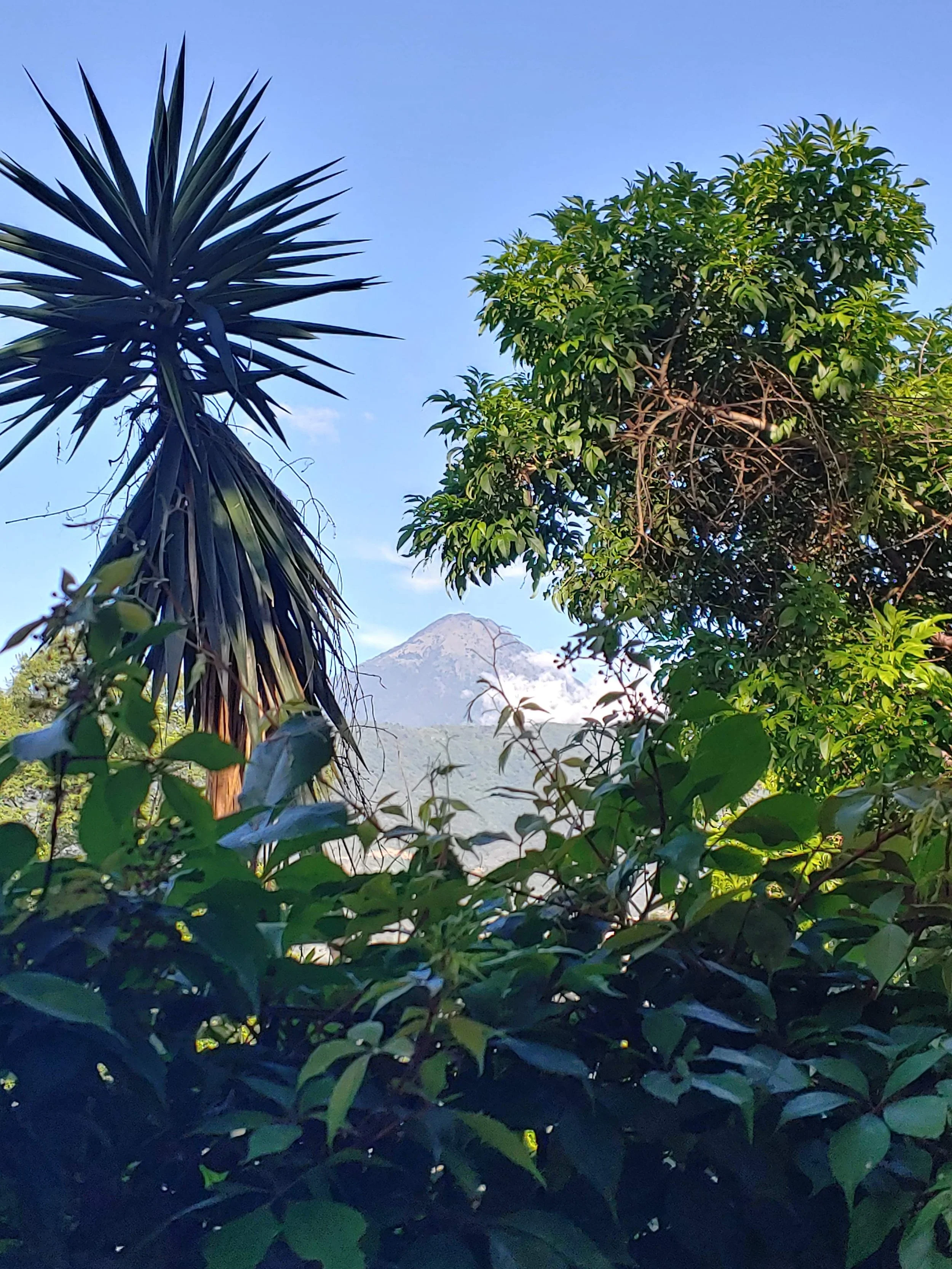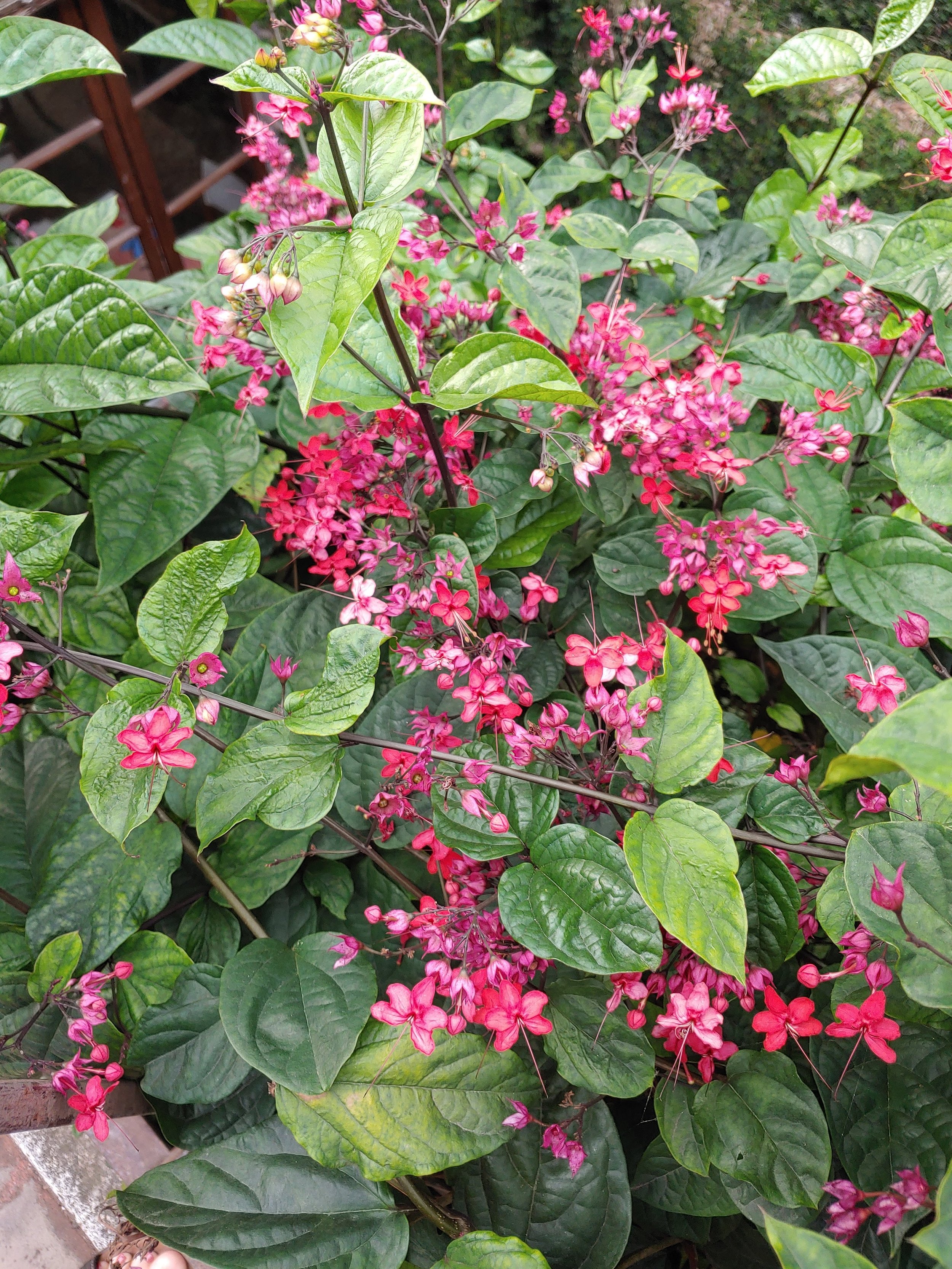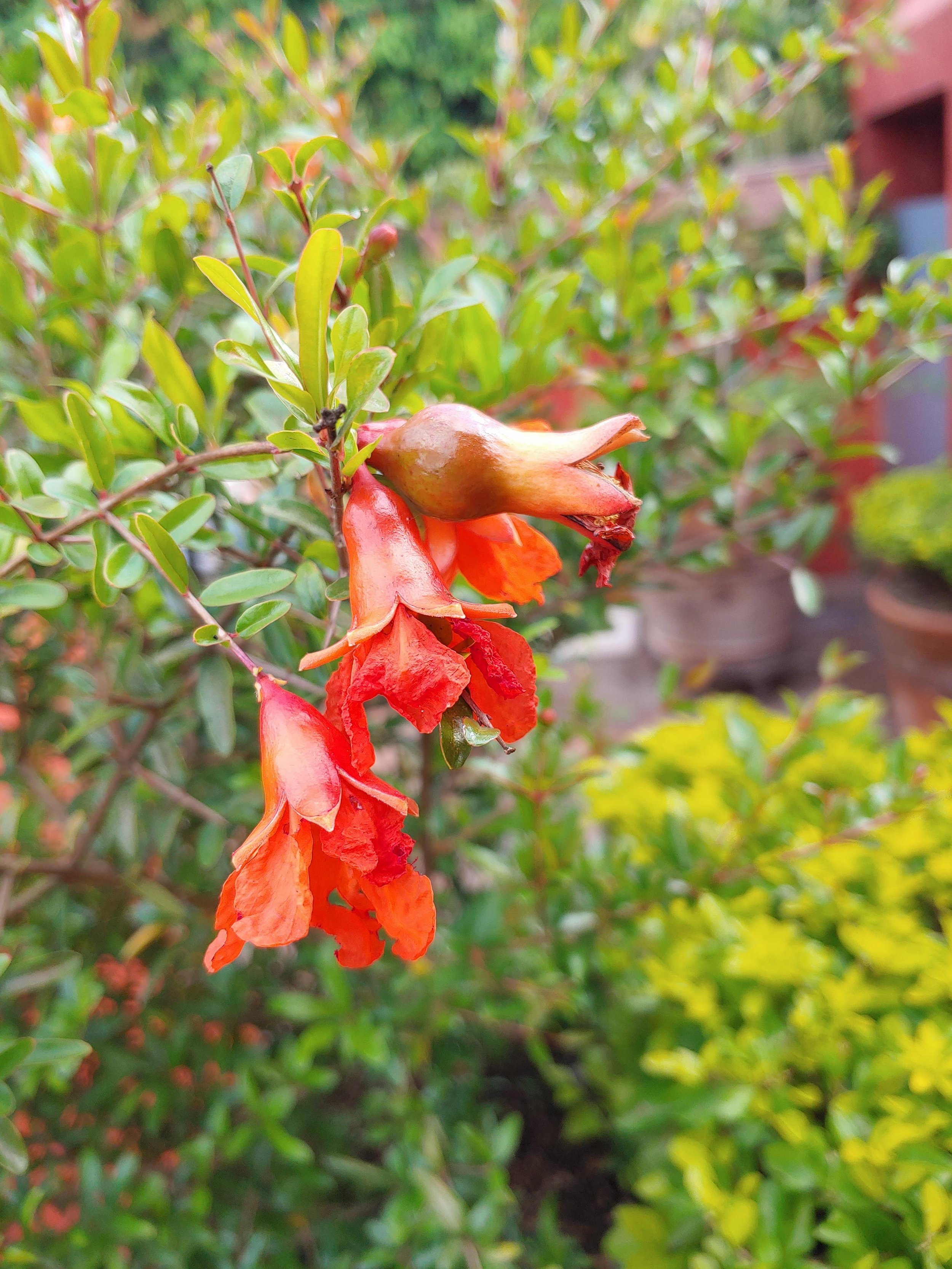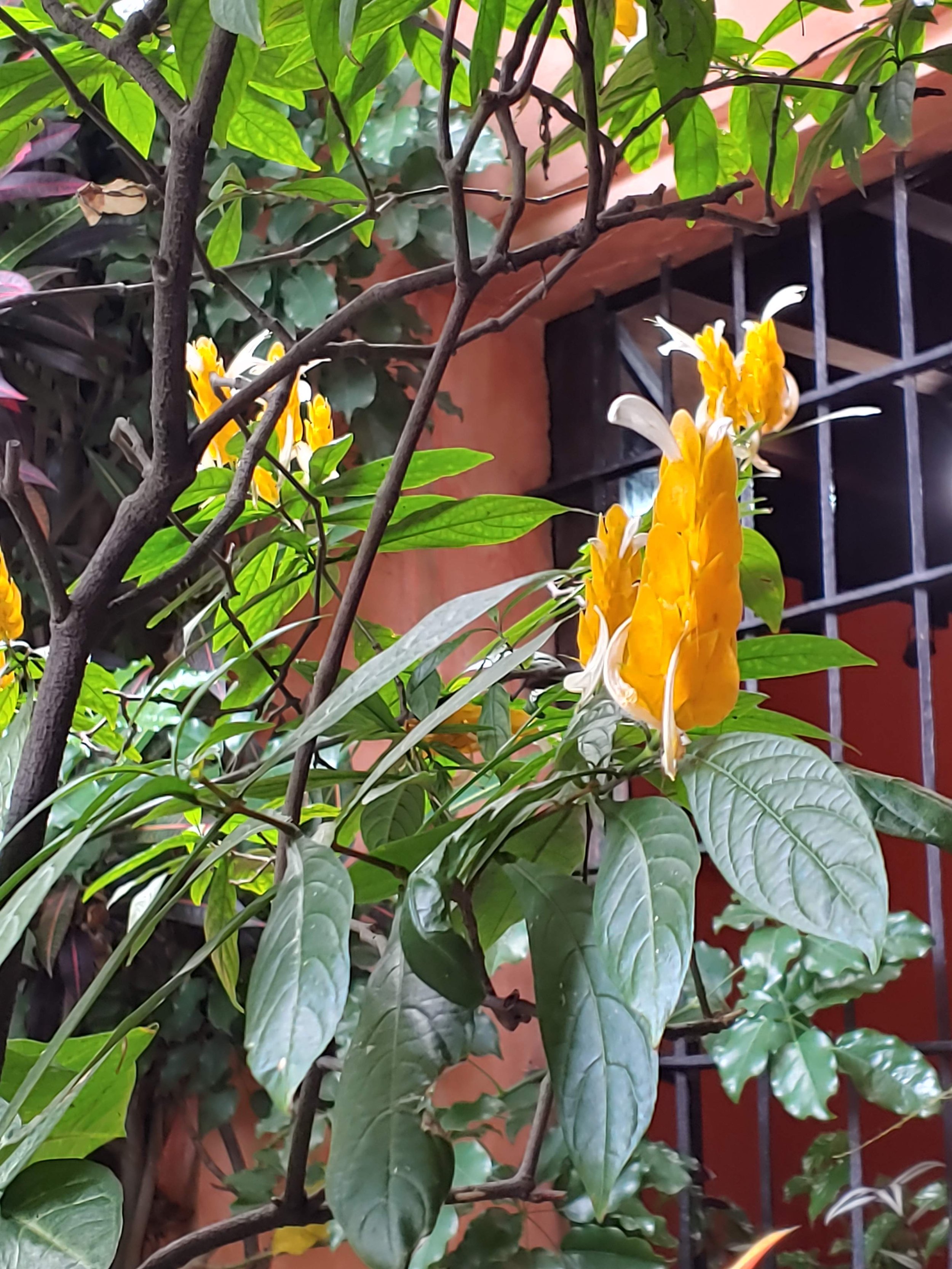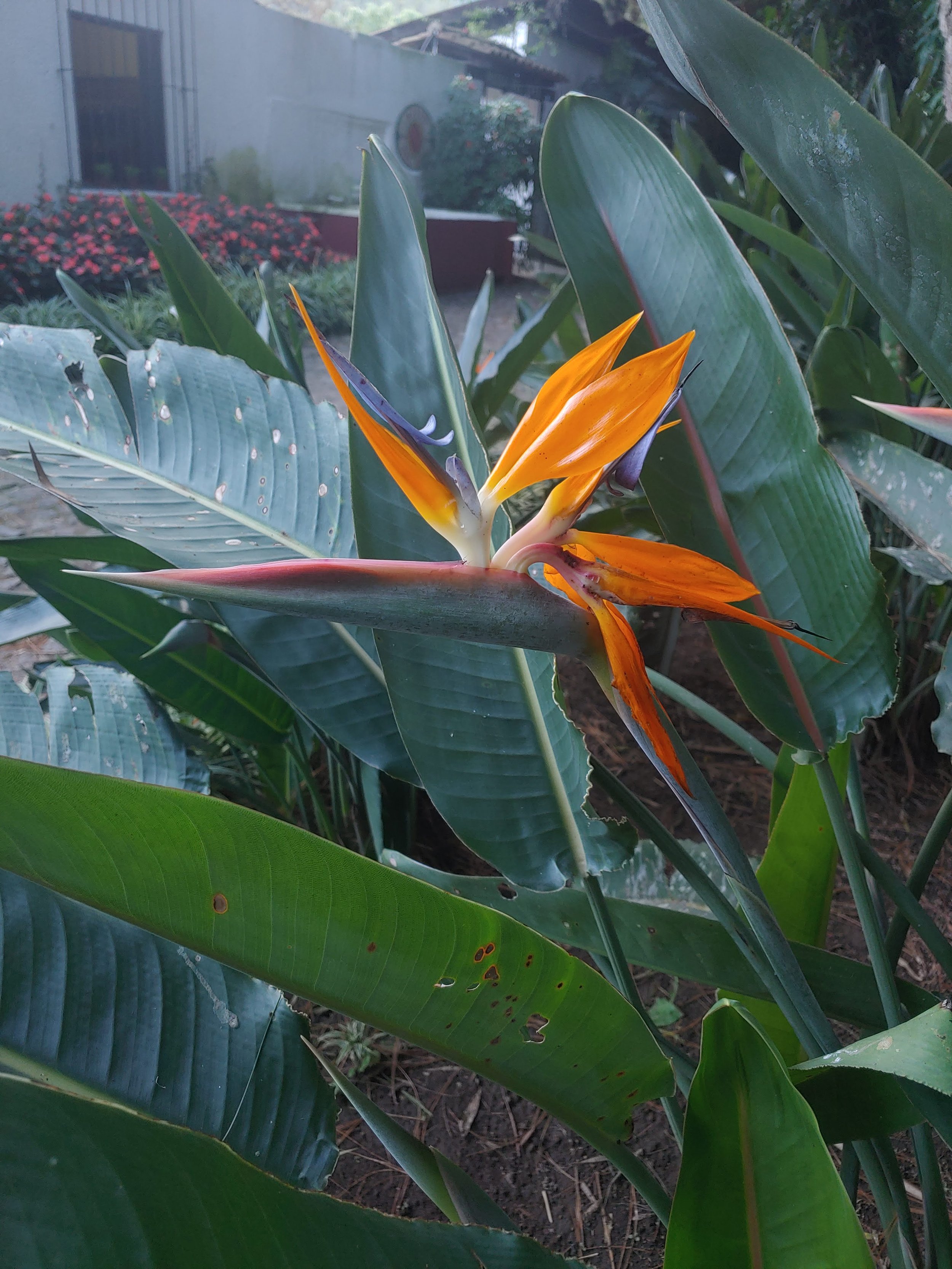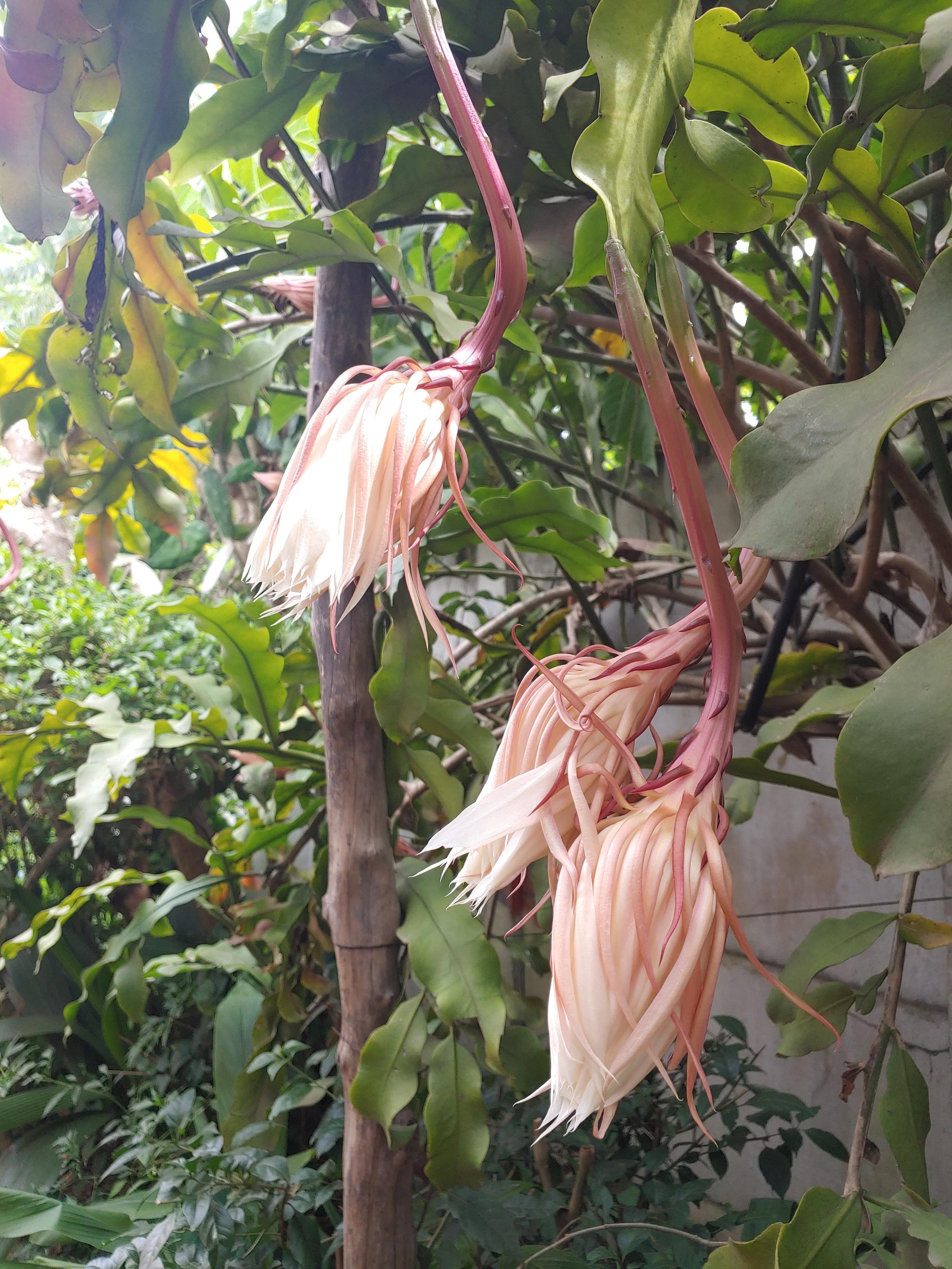“A garden gives you a protected physical space, which helps increase your sense of mental space, and it gives you quiet, so you can hear your own thoughts. The more you immerse yourself in working with your hands, the more free you are internally to sort things out and work them through.”
—Sue Stuart-Smith, The Well Gardened Mind: The Restorative Power of Nature
The quote above is from one of my favorite books. If you really want to delve into the garden benefits to your mental health, I highly recommend it. This book gave evidence in tangible form to all the things I’ve thought and felt while gardening and it’s effects on my mental health.
When it comes to gardens and stress release, I see the garden as playing 2 roles: distraction and/or a judgement free zone.
Sometimes our brains need distraction. We’ve all had that moment of “eureka” when the answer to a problem comes out of the blue. This is the role of distraction— our brains still work “in the background” but often we have to stop grinding on an issue to allow the answer to come naturally. I used to think that distraction was ignoring a problem or procrastinating about it, but I’ve realized that a moderate amount of distraction can be very helpful.
Our gardens can provide distraction in many ways. Wildlife is a big one— attracting many forms of wildlife- big and small provide hours of entertainment. (And often many lessons to learn from observing the actions of a tiny ant, bird, caterpillar, etc). When we first began raising chickens years ago, we used to sit and watch them for long periods of time— we called it “Chicken TV”. It was fascinating!
Adding pollinator attracting plants to your garden is the perfect way to ensure you always have a constant supply. The herbs you plant for their scent and textures to relax you can also attract loads of pollinators- thus doing double duty.
For several years, I’ve been working on planting our landscape with early blooming flowers. I’ve learned that a vital part of organic pest control is to attract the helpful bugs in early enough to control the not so helpful bugs. Early blooming plants such as alyssum, early daffodils, crocus, winter honeysuckle, and yes— even dandelions! Don’t mow those down!
It’s easy to have loads blooming from May through October but in a warm climate like my zone 7b, I see bees out early and also lots of aphids. So I’ve been amping up those early blooms. This ensures a constant supply of wildlife.
A resting place in your garden from which to observe them is important too- We talked about this in part 1.
Adding water to your garden can bring in lots of entertainment. Ponds are great attractors to wildlife. We have a frog pond. It was dug to be a water catchment but the bullfrogs love it and every time I hear them croak and scuttle into the water as I walk by- well it just makes me laugh!
But sometimes, you need to participate in the garden in a more active role. This is where the garden becomes a judgement free zone. Plants don’t talk back but they will definitely appreciate you releasing your stress with a bit of digging around in the dirt.
I’ve often turned to a project in my field or garden when I needed to work off a bit of frustrating energy. I can look at certain areas and remember what was going on in my life at the time. I also see how those plants survived and so did I. Not only does the present day work release physical stress but there is a lesson to be learned in the future here too!
The simple act of putting a garden space back into order when the rest of life is chaos can be calming to our brain- makes us feel like we have some amount of control.
